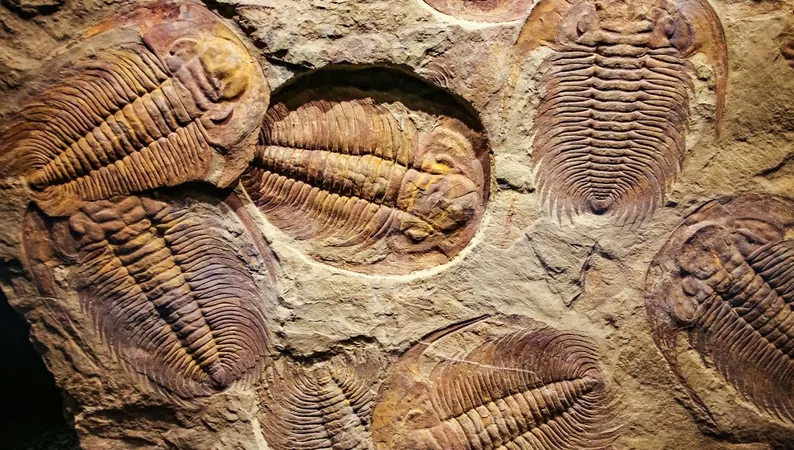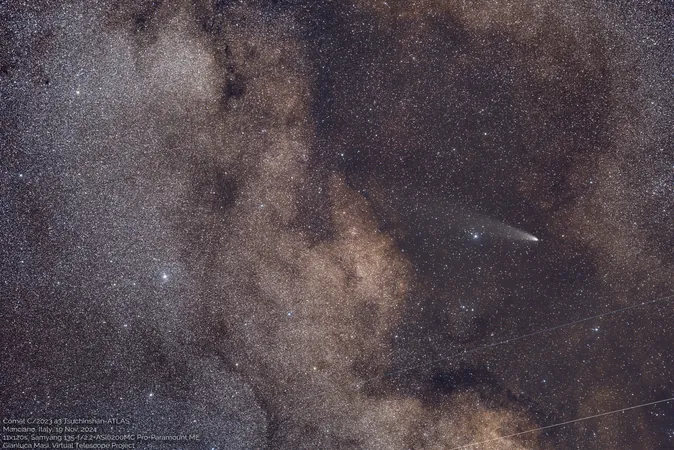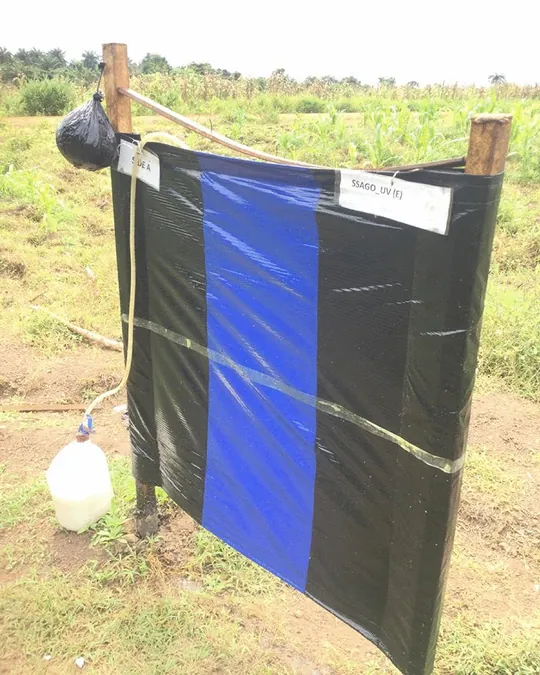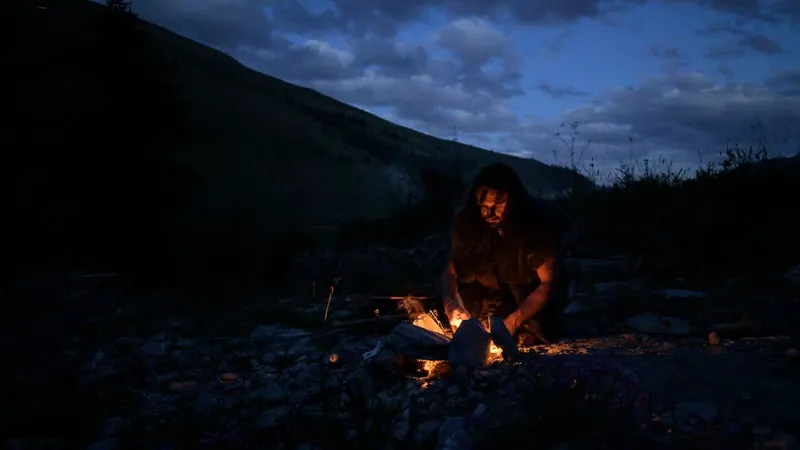
The Catastrophic Great Dying: Unveiling Earth’s Largest Extinction Event
2024-11-09
Author: Jia
What Was the Great Dying?
Forget the infamous asteroid that wiped out the dinosaurs; the Great Dying was an extinction event so profound it dramatically reshaped life on Earth. Estimates indicate that over 95% of marine species and around 70% of terrestrial species vanished, making it the most devastating extinction in our planet’s history, often referred to as the Permian-Triassic extinction event.
The extinction isn’t just a footnote; it’s a critical moment marked by sedimentary records. By examining these ancient layers, scientists note a sudden and alarming drop in fossil diversity, signaling a chaotic and deadly period that many species were unable to survive.
What Caused This Catastrophe?
Such a massive extinction didn’t happen in isolation. For years, scientists have debated the potential triggering factors, and theories continue to evolve. Some have posited that an asteroid impact might have been responsible, while others suggest that colossal volcanic eruptions played a crucial role in altering the climate.
A groundbreaking study published in 2014 by MIT researchers offered a provocative hypothesis: the flourishing of methane-producing microbes could have been a game-changer. As Methanosarcina proliferated towards the end of the Permian period, they released vast amounts of methane into the atmosphere. This greenhouse gas later converted into carbon dioxide, inducing severe global warming and ocean acidification, both lethal to countless species.
Recent studies have lent support to the “combination of factors” theory, suggesting that the climatic effects caused by volcanic activity were compounded by extraordinary mega El Niño conditions, resulting in erratic weather patterns. Professor Paul Wignall noted, “During the Permian-Triassic crisis, El Niño was prolonged, leading to a decade filled with extensive droughts followed by years of unprecedented flooding, creating an environment most life forms could not endure.
The Aftermath and Life's Resilience
While the Great Dying seemed to spell doom for life on Earth, a few resilient species did manage to survive. Their endurance played a pivotal role in the eventual re-population and evolution of life, setting the stage for the ages that followed. Without these survivors, Earth’s biological narrative would be drastically different, perhaps leading to a world devoid of humanity.
As scientists continue to explore this harrowing event, the Great Dying serves as a reminder of life’s fragility and resilience. We are now faced with the ominous thought that human activities may be contributing to a sixth extinction event. Are we doomed to repeat history, or will we learn from the past? One thing is clear: understanding the Great Dying is essential not only for appreciating Earth's history but also for safeguarding its future.





 Brasil (PT)
Brasil (PT)
 Canada (EN)
Canada (EN)
 Chile (ES)
Chile (ES)
 España (ES)
España (ES)
 France (FR)
France (FR)
 Hong Kong (EN)
Hong Kong (EN)
 Italia (IT)
Italia (IT)
 日本 (JA)
日本 (JA)
 Magyarország (HU)
Magyarország (HU)
 Norge (NO)
Norge (NO)
 Polska (PL)
Polska (PL)
 Schweiz (DE)
Schweiz (DE)
 Singapore (EN)
Singapore (EN)
 Sverige (SV)
Sverige (SV)
 Suomi (FI)
Suomi (FI)
 Türkiye (TR)
Türkiye (TR)